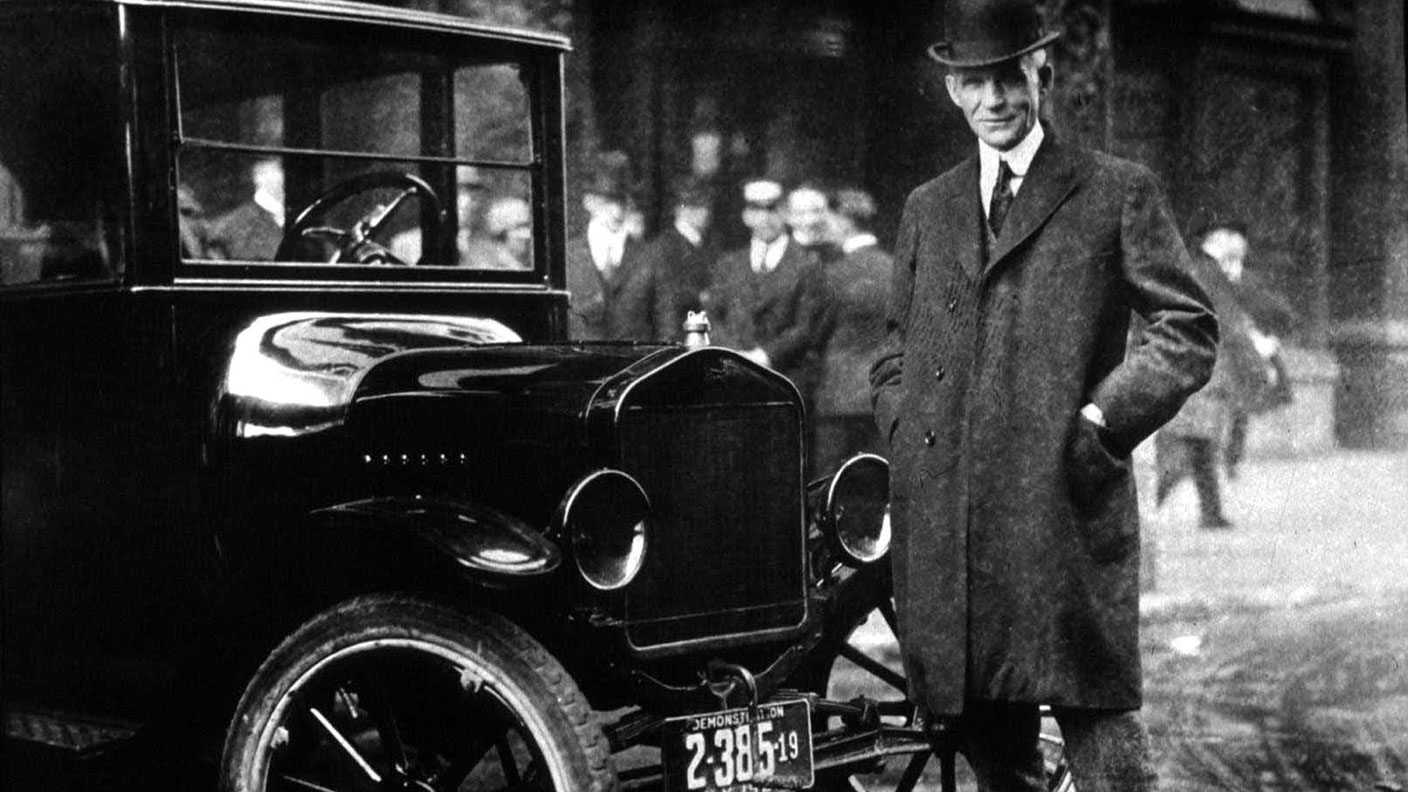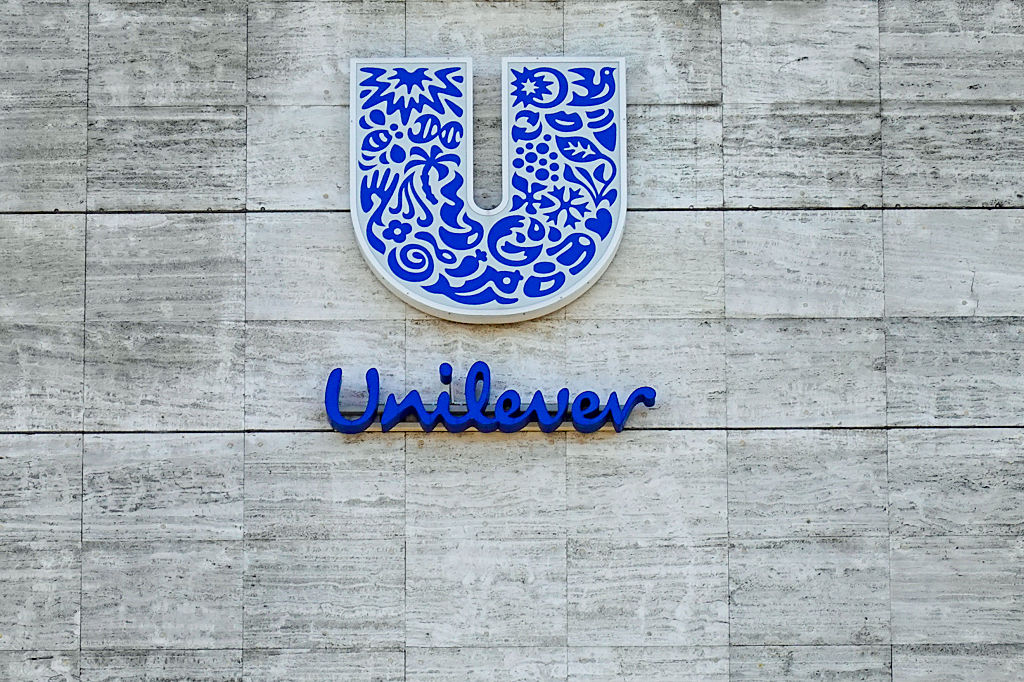1 October 1908: the first Model T Ford is built
On this day in October 1908, Henry Ford’s “car for the great multitude” – the Model T – was unveiled to the public. Over the next 19 years, 15 million would be built.

In the early days of motoring, cars were playthings of the wealthy, far out of reach of the average worker. But Henry Ford believed that the motor car was a necessity. He vowed to build “a motor car for the great multitude”.
“It will be large enough for the family but small enough for the individual to run and care for. It will be constructed of the best materials, by the best men to be hired, after the simplest designs that modern engineering can devise. But it will be so low in price that no man making a good salary will be unable to own one and enjoy with his family the blessing of hours of pleasure in God's great open spaces.”
He set to work finding the right suppliers and materials to make the Model T in large numbers, to enable him to do it at an affordable price.
MoneyWeek
Subscribe to MoneyWeek today and get your first six magazine issues absolutely FREE

Sign up to Money Morning
Don't miss the latest investment and personal finances news, market analysis, plus money-saving tips with our free twice-daily newsletter
Don't miss the latest investment and personal finances news, market analysis, plus money-saving tips with our free twice-daily newsletter
And so on 1 October, 1908, the first “Tin Lizzie” came off the production line. It was a huge success – over the next year, Ford sold 10,607. In all, over 15 million were built by Ford's American plants before production stopped in 1927. In that time, the price dropped from $850 to $300.
It was in 1909 that Henry Ford made his often-misquoted remark, “Any customer can have a car painted any colour that he wants so long as it is black.” But in fact, the one colour you couldn't buy a Model T in was black. You could have grey, green, blue, or red. But not black. It wasn't until 1913 that Ford went monochromatic.
In 1911, Ford began assembling the Model T at its Trafford Park factory in Manchester. Initially, it was made from imported parts. But by 1924, 94% of the components were made in Britain. Between 1913 and 1923 it was the country's best-selling car.
In 1931, Ford switched its manufacturing activities to its massive new plant at Dagenham, Europe's biggest car plant. But by 2013, all that remained of Ford's vehicle production in Britain were its Bridgend and Dagenham engine plants, and its transmission factory at Halewood.
Get the latest financial news, insights and expert analysis from our award-winning MoneyWeek team, to help you understand what really matters when it comes to your finances.
Ben studied modern languages at London University's Queen Mary College. After dabbling unhappily in local government finance for a while, he went to work for The Scotsman newspaper in Edinburgh. The launch of the paper's website, scotsman.com, in the early years of the dotcom craze, saw Ben move online to manage the Business and Motors channels before becoming deputy editor with responsibility for all aspects of online production for The Scotsman, Scotland on Sunday and the Edinburgh Evening News websites, along with the papers' Edinburgh Festivals website.
Ben joined MoneyWeek as website editor in 2008, just as the Great Financial Crisis was brewing. He has written extensively for the website and magazine, with a particular emphasis on alternative finance and fintech, including blockchain and bitcoin.
As an early adopter of bitcoin, Ben bought when the price was under $200, but went on to spend it all on foolish fripperies.
-
 Quality emerging market companies with consistent returns
Quality emerging market companies with consistent returnsOpinion Mark Hammonds, portfolio manager at Guinness Global Investors, selects three emerging market stocks where he'd put his money
-
 UK blue chips offer investors reliable income and growth
UK blue chips offer investors reliable income and growthOpinion Ben Russon, portfolio manager and co-head UK equities, ClearBridge Investments, highlights three British blue chips where he'd put his money
-
 13 April 1960: the first satellite navigation system is launched
13 April 1960: the first satellite navigation system is launchedFeatures On this day in 1960, Nasa sent the Transit 1B satellite into orbit to provide positioning for the US Navy’s fleet of Polaris ballistic missile submarines.
-
 9 April 1838: National Gallery opens in Trafalgar Square
9 April 1838: National Gallery opens in Trafalgar SquareFeatures On this day in 1838, William Wilkins’ new National Gallery building in Trafalgar Square opened to the public.
-
3 March 1962: British Antarctic Territory is created
Features On this day in 1962, Britain formed the British Antarctic Territory administered from the Falkland Islands.
-
10 March 2000: the dotcom bubble peaks
Features Tech mania fanned by the dawning of the internet age inflated the dotcom bubble to maximum extent, on this day in 2000.
-
9 March 1776: Adam Smith publishes 'The Wealth of Nations'
Features On this day in 1776, Adam Smith, the “father of modern economics”, published his hugely influential book The Wealth of Nations.
-
 8 March 1817: the New York Stock Exchange is formed
8 March 1817: the New York Stock Exchange is formedFeatures On this day in 1817, a group of brokers moved out of a New York coffee house to form what would become the biggest stock exchange in the world.
-
7 March 1969: Queen Elizabeth II officially opens the Victoria Line
Features On this day in 1969, Queen Elizabeth II took only her second trip on the tube to officially open the underground’s newest line – the Victoria Line.
-
4 March 1519: Hernan Cortes arrives in Mexico
Features On this day in 1519, Hernan Cortes landed in Mexico before marching on the Aztec capital, Tenochtitlan.

